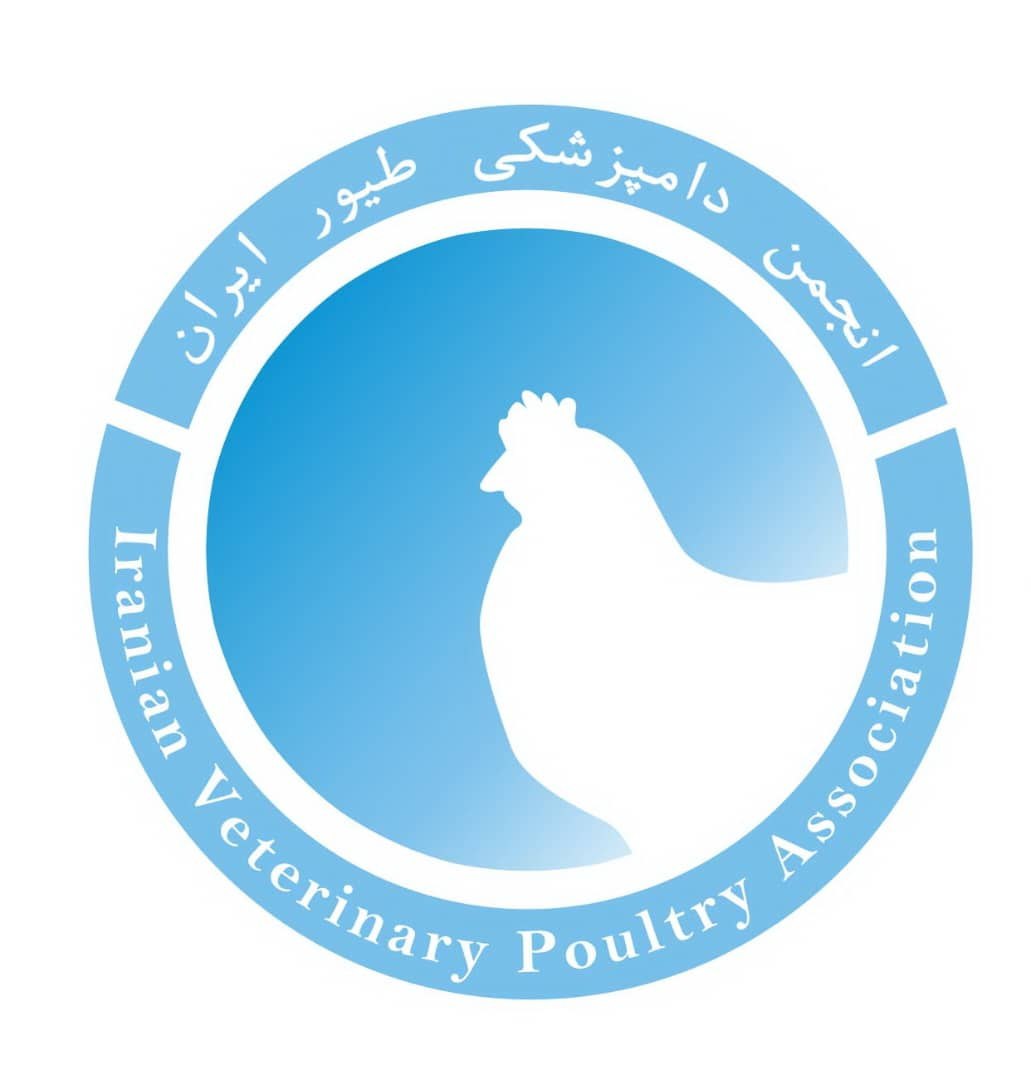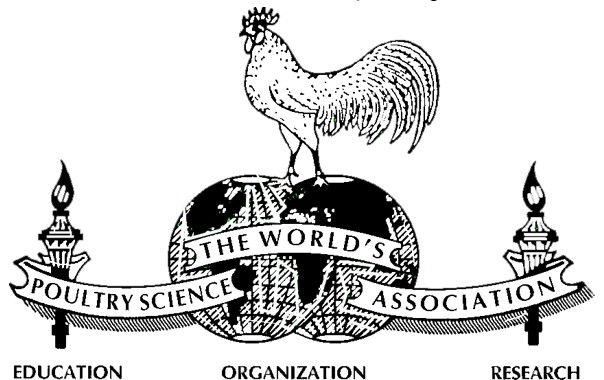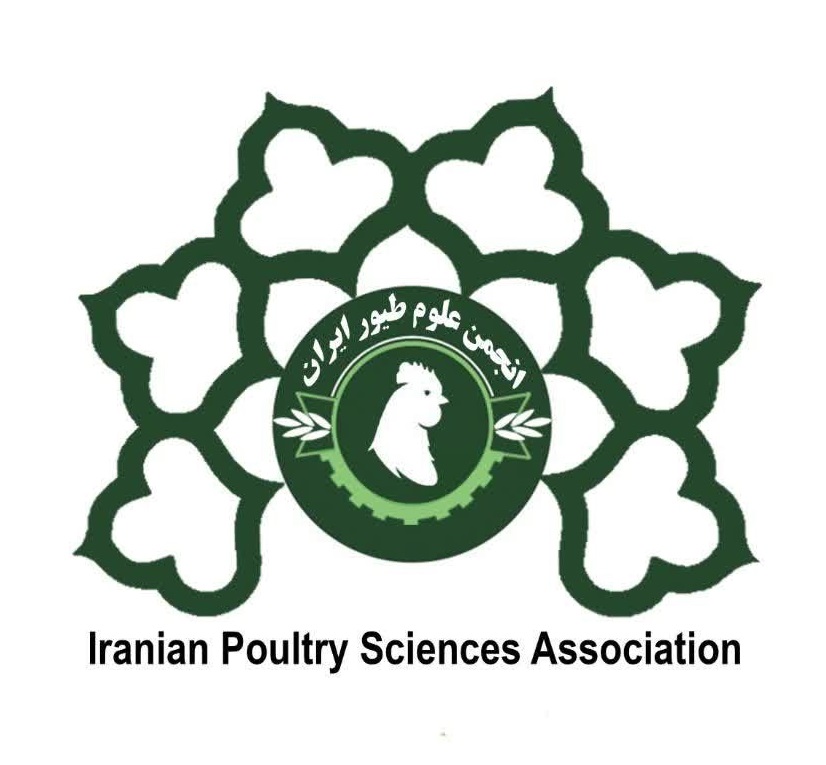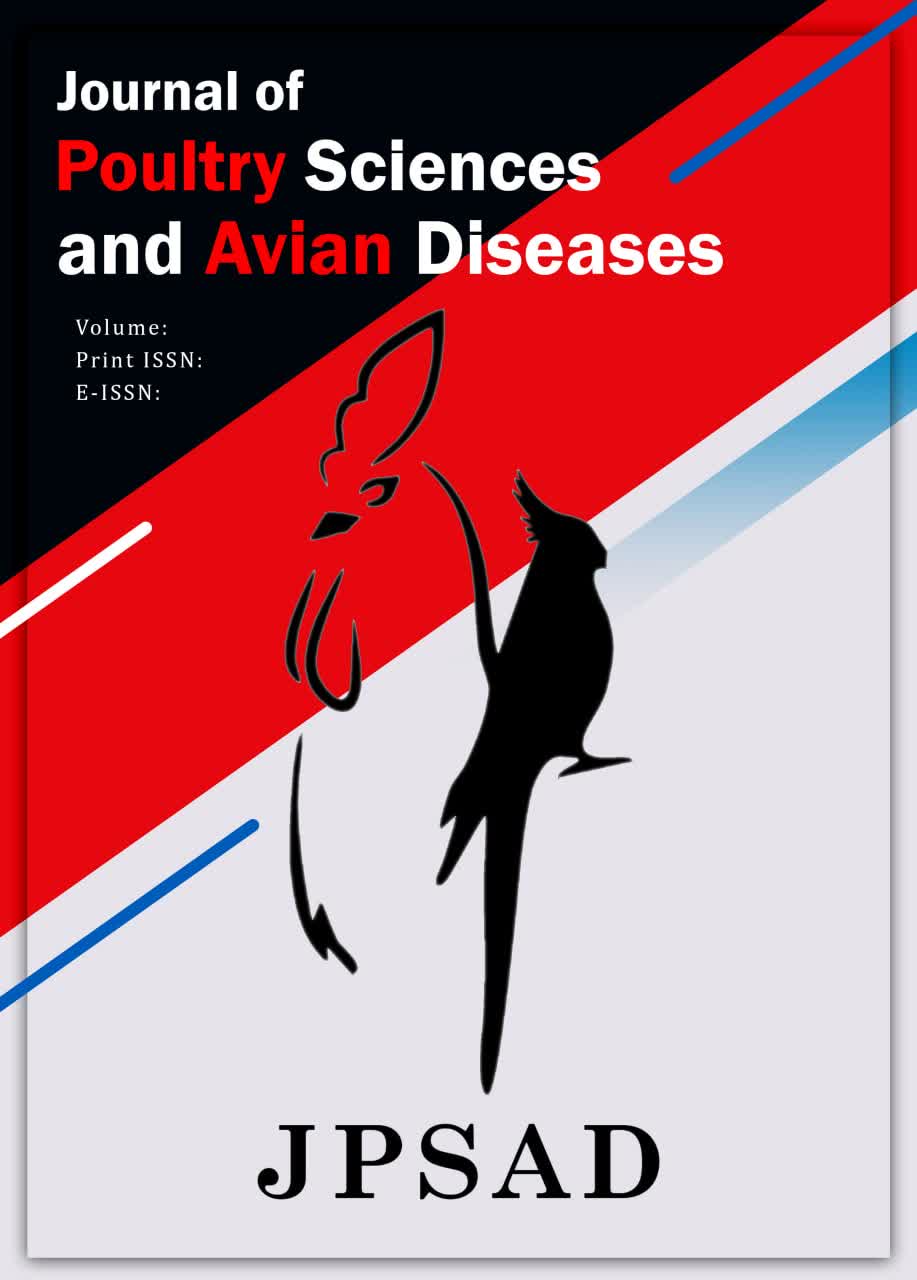Exploring Performance and Hepatic Lipid Metabolism in Broilers: The Influence of Lysophospholipid Supplement Levels and Dietary Fat Sources in Diets
Abstract
This study aimed to assess the influence of integrating a lysophospholipid (LPL) nutritional supplement with fat on blood serum lipids' constitution, the cecum's microbial population, and the expression of genes involved in controlling liver fat metabolism in juvenile chickens. A factorial complete randomized design encompassed 1440 one-day-old broiler chickens of the Ross 308 variety. The study was performed by 12 treatments and 12 replications for each treatment. Blood and liver specimens were gathered for examination. The outcomes of the study demonstrated that the addition of LPL and various fat levels had a notable impact on the levels of triglycerides in the blood serum, along with the expression of genes linked to liver fat metabolism (p≤0.05). Furthermore, the administration of LPL led to an increase in the population of Lactobacillus bacteria within the cecum of the examined avian species (p≤0.05).
Nevertheless, no significant effects on overall performance were detected (p>0.05). This study underscores the significance of lysophospholipids in poultry nutrition and liver function and proposes the necessity for further exploration into diverse genes and sources of fat. Comprehending the gender-specific variances in lipid metabolism pathways is essential for upholding the health and productivity of poultry. These discoveries establish a solid groundwork for enhancing poultry nutrition and production efficiency to fulfill producers' economic requirements and consumers' health needs.
Downloads
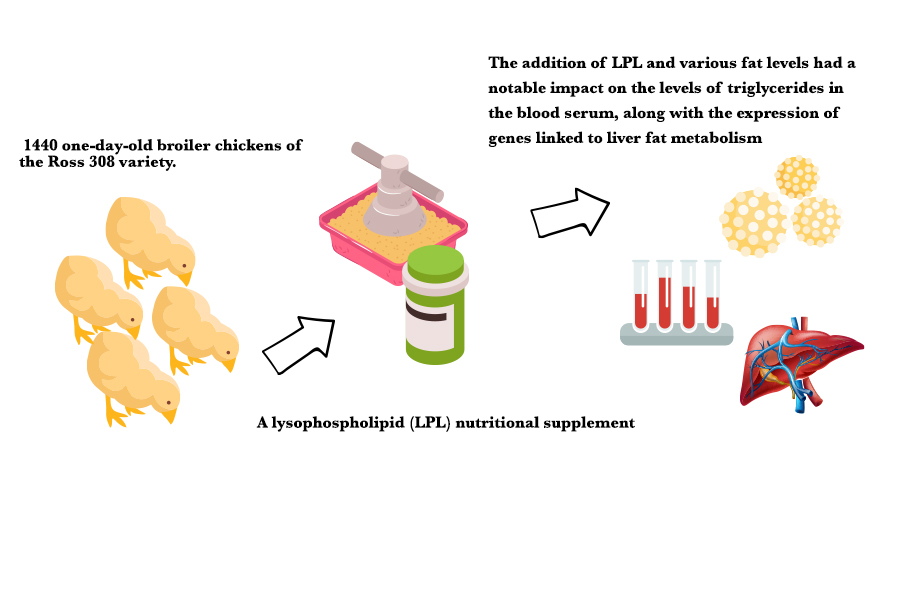
Downloads
Published
Issue
Section
License
Copyright (c) 2024 Dr. Amir Ahmadpour, Dr. Mousa Zarrin (Author)

This work is licensed under a Creative Commons Attribution-NonCommercial 4.0 International License.







